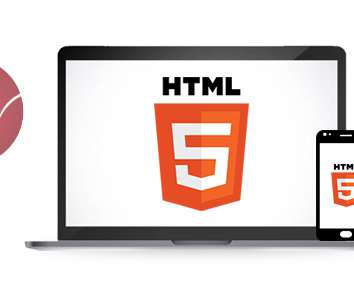Things to Consider Before Investing in eLearning Development Tools
Hurix Digital
AUGUST 7, 2019
Flash (SWF files) created a revolution when it was first introduced in the use of graphics and interactive elements; however, it suffered a setback thanks to current trends in eLearning systems and gradually lost relevance. Now it may be that you already have some online courses in Flash.





















Let's personalize your content